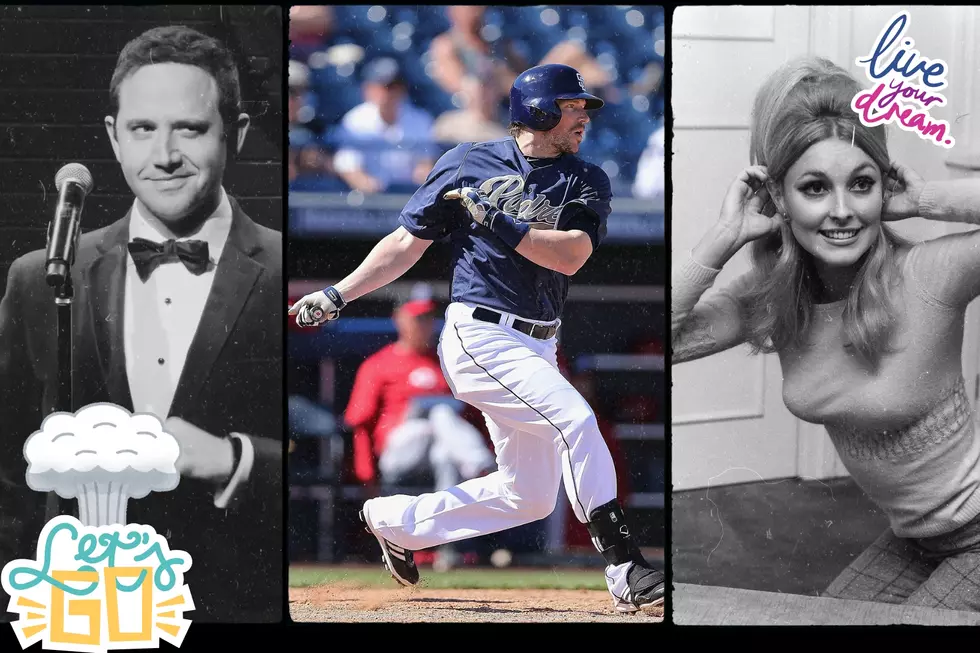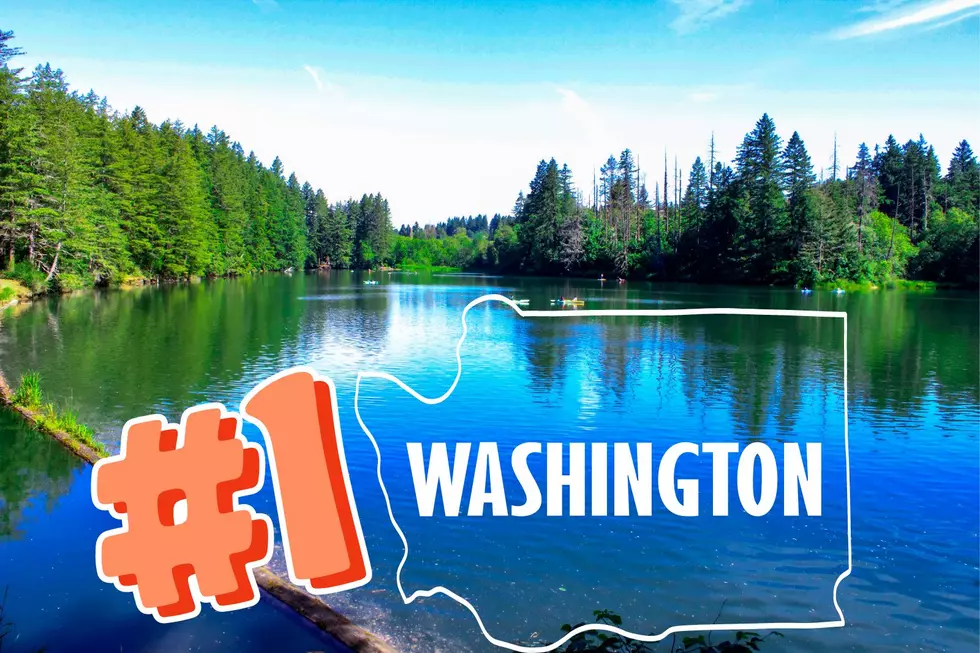![Why Is It Called the ‘Hanford Reach’? — What’s a ‘Reach’? [SURVEY]](http://townsquare.media/site/133/files/2014/03/www.google.com-2014-3-25-8-9-15.png?w=980&q=75)
Why Is It Called the ‘Hanford Reach’? — What’s a ‘Reach’? [SURVEY]
The people tasked with growing the Tri-Cities economy (TRIDEC) are concerned about new plans from the U.S. Fish & Wildlife Service to expand the Hanford Reach National Monument, which could limit the land available to local industry and recreation. This begs the question I've been wondering all along: why is it called a "reach" anyway?
Here's what Wikipedia had to say:
It is named after a large northward bend in the river's otherwise southbound course. It is the only section of the Columbia in the U.S. that is not tidal nor part of a reservoir, excluding a short reach between the U.S.-Canada border and the upper end of Franklin Delano Roosevelt Lake."
But why call the bend in the river a "reach"?
Here's Wikipedia again:
A reach in geography can mean several things. Most generally, a reach is any length of a stream between any two points. The points may be selected for any reason... they may be arbitrary or vague."
So anything can be a reach. But what are the two points that distinguish the beginning and end?
My friend has another theory. The word is most-often applied to waterways around a dam or canal -- specifically the dikes that make a canal (mini dams). He thinks the Army Corps of Engineers named it, and what was their job in Tri-Cities? Building dams. So he went looking for a dam. He says a long time ago there was a dam planned for that bend in the river, and he even thought it had a name: Benjamin Franklin. But he couldn't remember where he read all this. Could he be right?



